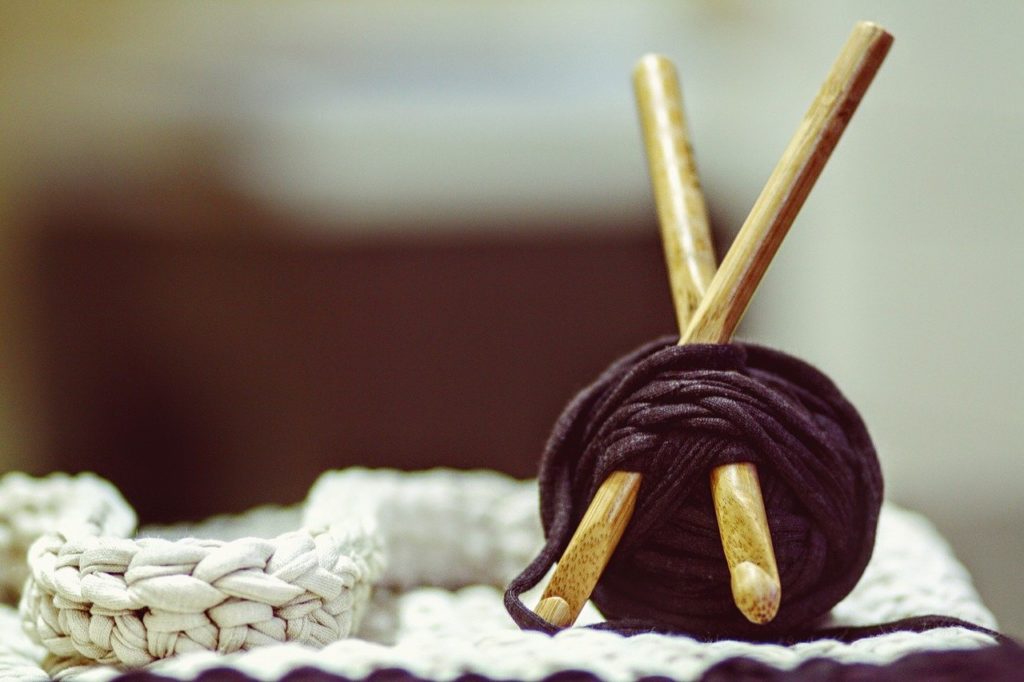Colombia’s hemp industry is not often thought of as focusing on the clothing market. But that is what one company and the visionary at its head want to do. In order to change the perception of the plant in Colombia and abroad they are producing greener than ever textiles using hemp fibers for sale in Colombia as well as in the US, both markets that could benefit from a hemp paradigm shift.
Colombia makes clothing with non-psychoactive cannabis hemp


Hemp Textiles, the fashion division of the Canadian holding company Flora Growth Corp, began marketing clothing made from non-psychoactive cannabis hemp grown in Colombia.
This initiative is a bet with which the company hopes to break the stigma of the plant and increase its exports to the United States, said on Tuesday the general manager of the company, Nicolas Vasquez.
“We are interested in the Colombian market because we know that there is more stigma facing the fiber of cannabis due to ignorance of the subject, and we want to change that,” said the businessman.
Wish to know more about countries like Colombia experimenting with non-psychoactive hemp, or perhaps need to stay up to date with the latest industrial hemp news from around the world? Download our companion Hemp.IM mobile app.
Clothing to wear your hemp on your sleeve?
With the brand Stardog Loungewear, Hemp Textiles will present its inaugural collection that includes masks, jackets, T-shirts, pants and shoes, with prices ranging from 24,900 to 350,000 pesos (between 7 and 100 dollars). The clothing will be sold initially in two physical points in Bogota as well as online.
As for the United States, Hemp Textiles’ intention is to increase exports, which currently account for 70% of its sales.
To this end, Vasquez explained that the project is “to open stores in that country in the first quarter of 2021.”
Hemp clothing goes from illegal to rising industry
Although the clothes elaborated with nonpsychoactive cannabis hemp have been used for years and it is more of a tradition in Asia. The fact that the plant was declared illegal in the United States decades ago made difficult any massive production.
Nevertheless, after the decriminalization in several countries and as the industry of the medical cannabis began to arise, Hemp began to be considered an alternative for the sustainable fashion.
“Compared to cotton, hemp consumes significantly less water in its manufacturing process and once the finished textile product is left it offers greater thermal resistance, better absorption and dispersion of moisture,” said the manager.
Currently, Hemp Textiles buys the raw material in Turkey and Asia but in the medium term they want to carry out the complete transformation process in Colombia.
Could hemp clothing become a Colombian export?
Vasquez explained that “although almost all applications of cannabis have to do with the flower or leaves, where they get the ingredients for cosmetics and pharmaceuticals, in hemp the key part is the stem, because that’s where you obtain the fibers.
After extracting the “longest and thinnest”, which are ideal for making fabrics, a component called lignin is removed and the yarn is made to later go to the weaving mill.
The result “are comfortable garments, which are designed to be used for a lifetime because their resistance is similar to that of nylon. In addition, it biodegrades in a period of about one year, once it is outdoors, while polyester can take more than 200 years,” said one expert.
Therefore, the objective of the businessman “is to educate Colombians about these benefits so that they demand greener textile products from the market and stop stigmatizing non-psychoactive cannabis.”
If that can be achieved, a study by the Foundation for Higher Education and Development (Fedesarrollo), indicates that Colombia has the potential to develop cannabis crops and conquer international markets with its products.
—
(Featured image by xxolaxx via Pixabay)
DISCLAIMER: This article was written by a third party contributor and does not reflect the opinion of Hemp.im, its management, staff or its associates. Please review our disclaimer for more information.
This article may include forward-looking statements. These forward-looking statements generally are identified by the words “believe,” “project,” “estimate,” “become,” “plan,” “will,” and similar expressions. These forward-looking statements involve known and unknown risks as well as uncertainties, including those discussed in the following cautionary statements and elsewhere in this article and on this site. Although the Company may believe that its expectations are based on reasonable assumptions, the actual results that the Company may achieve may differ materially from any forward-looking statements, which reflect the opinions of the management of the Company only as of the date hereof. Additionally, please make sure to read these important disclosures.
First published in Agencia EFE, a third-party contributor translated and adapted the article from the original. In case of discrepancy, the original will prevail.
Although we made reasonable efforts to provide accurate translations, some parts may be incorrect. Hemp.im assumes no responsibility for errors, omissions or ambiguities in the translations provided on this website. Any person or entity relying on translated content does so at their own risk. Hemp.im is not responsible for losses caused by such reliance on the accuracy or reliability of translated information. If you wish to report an error or inaccuracy in the translation, we encourage you to contact us.



Comments are closed for this post.